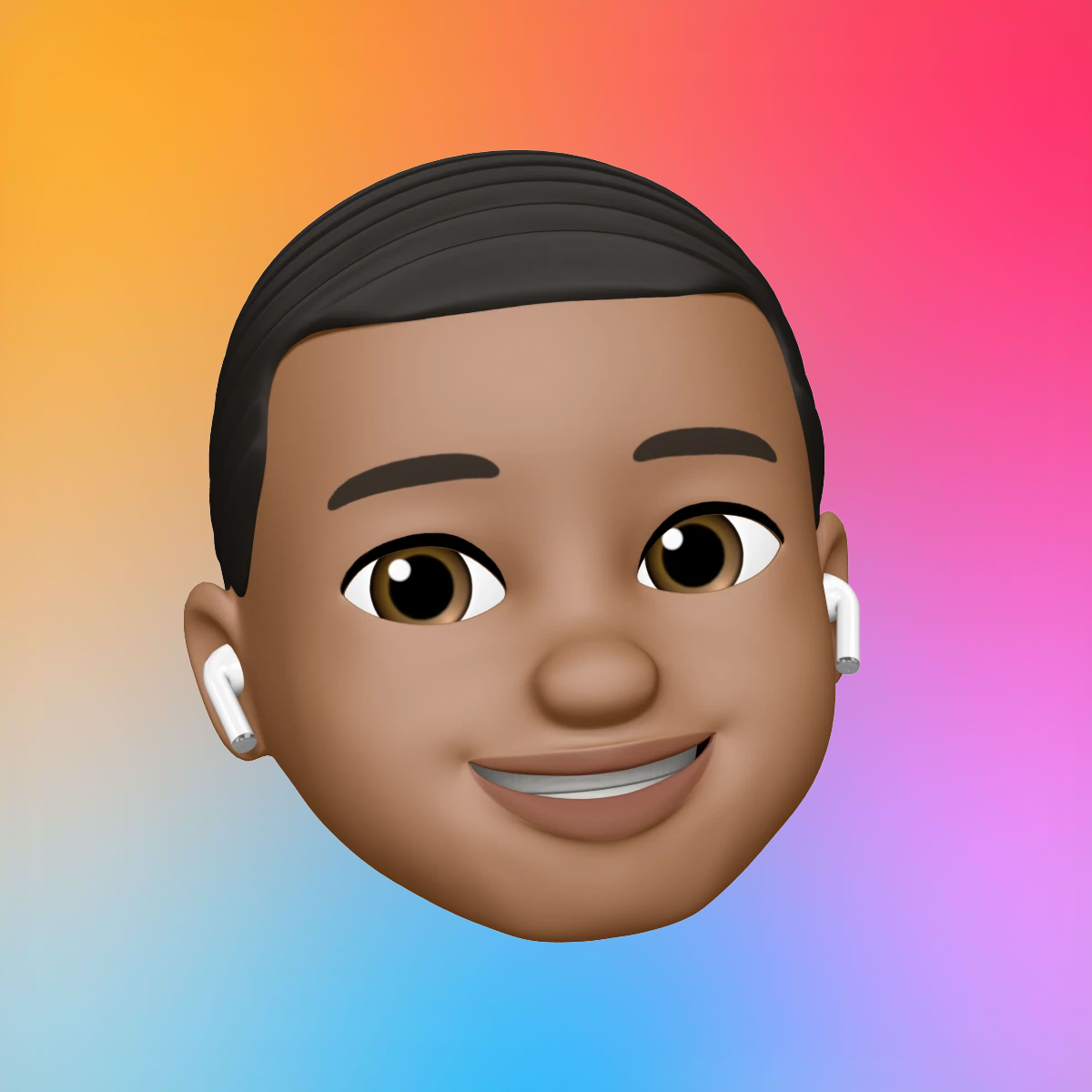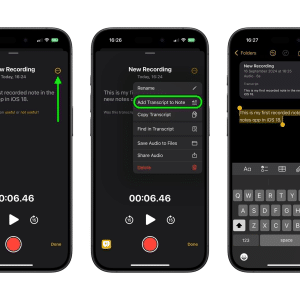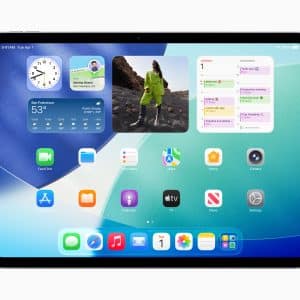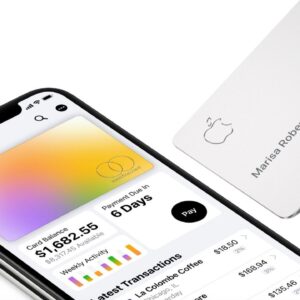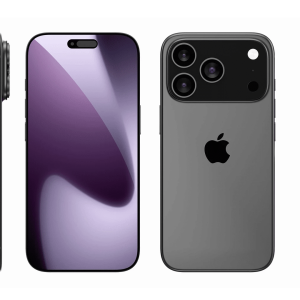Since launching Spatial Audio and Lossless in June last year, Apple has kept on adding new tracks to its Apple Music catalogue that support both features. Eight months later, Apple’s vice president of Apple Music and Beats, Oliver Schusser, has said in an interview with Billboard that over 50% of Apple Music subscribers are now listening in Spatial Audio.
The two formats differ in that while Spatial Audio manipulates the sound of a track to give the listener the sensation that it is coming from all around them, Lossless quality audio preserves all of a given track’s highs and lows to make it sound just like the original song.
The Cupertino firm has also confirmed that plays of Spatial Audio tracks have quadrupled since September 2021. It has been reported that since the beginning of 2022, 37% of the top 10 songs on Apple Music’s global Daily Top 100 songs chart can be listened to in Spatial Audio, and 42% of the platform’s top 100 tracks in the United States can also be experienced in the format.
Eddy Cue, senior vice president of Services at Apple, has expressed the belief that Spatial Audio will change the game in the music industry.
Meanwhile, Schusser has said that the proportion of Apple Music subscribers listening in the format has been growing “really, really fast”, adding: “We would like the numbers to be higher, but they are definitely exceeding our expectations.”
And it seems that the success of Spatial Audio is helping to drive interest in even the older parts of well-known artists’ back-catalogs. When, for example, The Weeknd’s 2016 album Starboy was reissued in Spatial Audio on June 7, there was a 20% rise in first-time listeners to the album over the following eight weeks. Other artists, such as Billie Eilish and Taylor Swift, saw similar rises.
In the words of Apple Music’s global head of editorial and content, Rachel Newman: “We’re seeing huge uptick in artists’ back-catalog off the basis of them re-engaging their fans with a new way of listening to the music.”

